Mobile cranes offer a number of advantages over fixed cranes. They are easy to get to the job site, require little set up and can deal with a variety of terrain and specific site issues. There are more than a dozen different types of mobile cranes. Some of the most commonly-used are listed below.
Truck-mounted
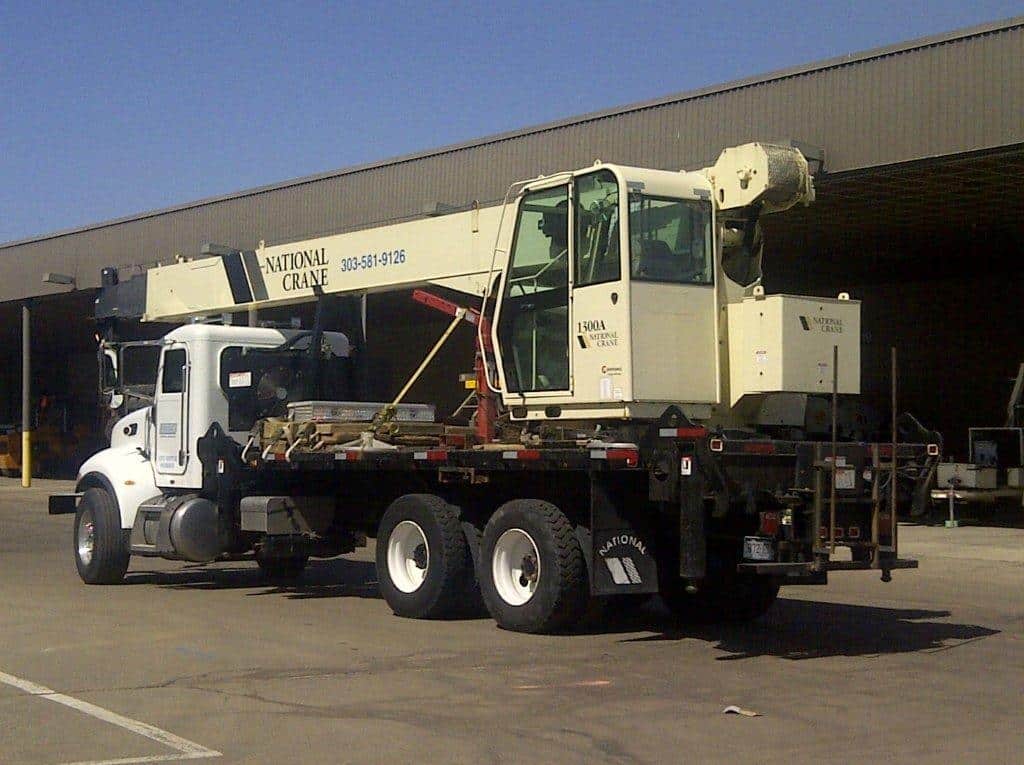
Truck-mounted cranes amount for approximately 75 percent of all cranes in service today. This type of crane is adaptable to a wide-range of jobs, can hoist between 14.5 and 1,300 short tons, and can drive down the highway rather than having to be transported. Many truck-mounted cranes can swivel a full 360 degrees.
Sidelifter
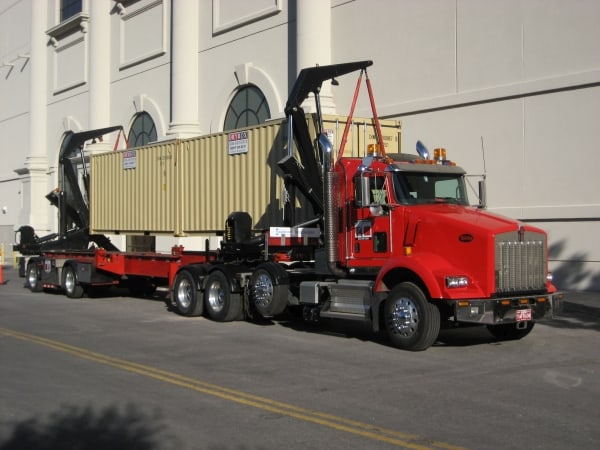
A sidelifter crane is permanently-mounted on the top of a flatbed truck or a railroad car. These types of cranes are most often used to load and unload containers, but can also have some construction applications.
All Terrain
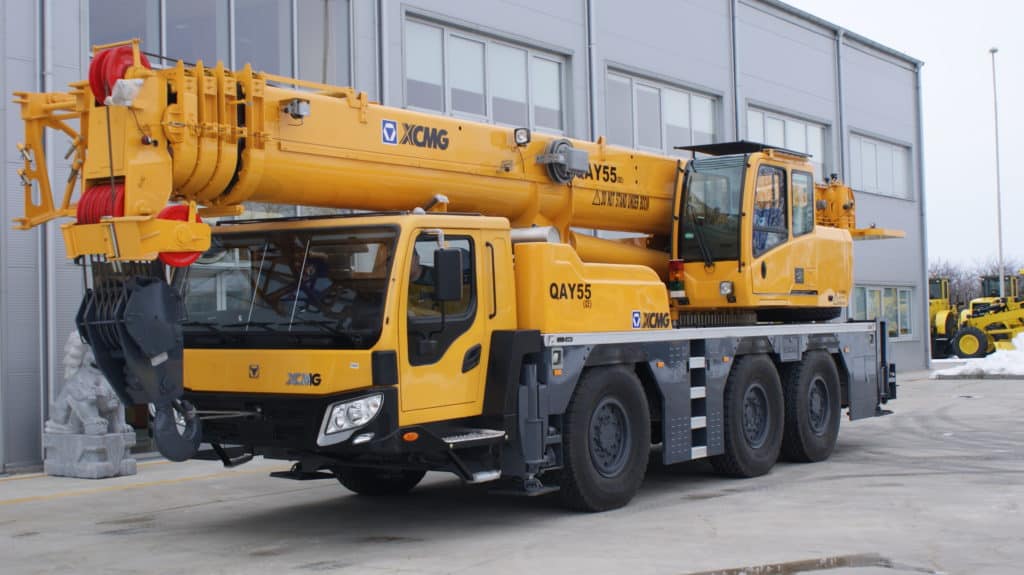
These cranes can go from the paved highway to the rocky landscape of a job site. They can reach speeds necessary to travel on public highways, yet have the power necessary to handle a variety of construction tasks. This mainstay of the heavy equipment industry main asset is its versatility. All terrain cranes can handle up to 1,300 short tons of weight.
Rough Terrain
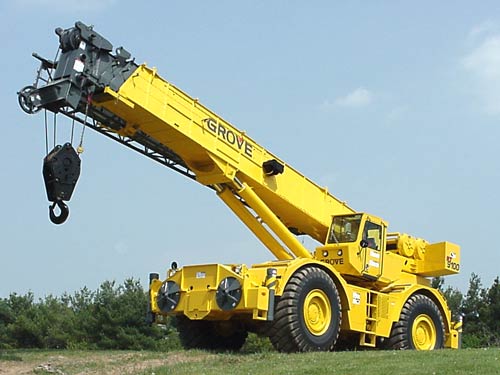
As the name implies, these cranes are equipped with an engine and wheels that will take them easily through unpaved areas and challenging landscapes. Rough terrain cranes are ideal for off-road areas that might be a challenge for other types of cranes. Because of this, using a rough terrain mobile crane requires less site prep than other types of cranes. Rough terrain cranes are 4-wheel drive vehicles and generally operate on a single engine that powers both the undercarriage and the boom.
Telescopic Handler
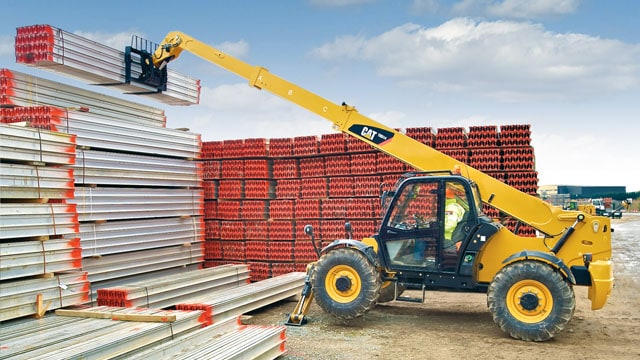
Telescopic handler cranes are essentially forklift trucks with a telescoping boom attached to them. These cranes can be driven in 360 degrees and are often used for tasks like moving pallets of bricks or hoisting framing trusses in place.
Crawler Cranes
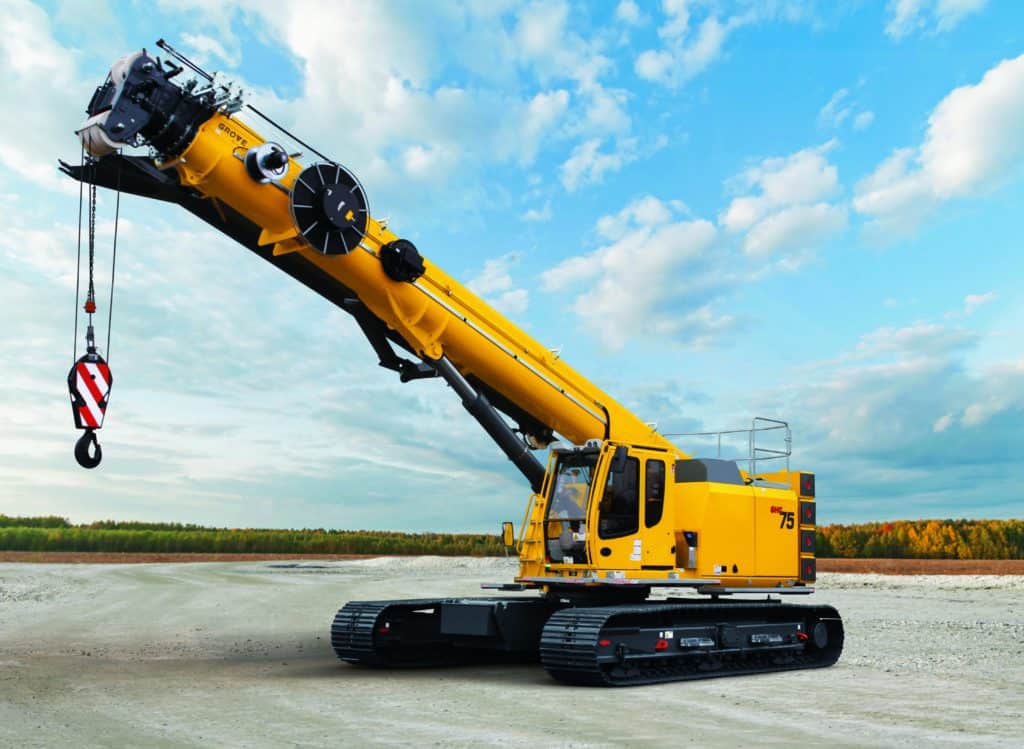
These heavy-duty cranes move on treads (called crawlers) rather than wheels. Their chief advantages are their stability and the fact that they can handle weights up to 3,500 short tons. These cranes are unlikely to get stuck in the mud. However, they have to be disassembled and transported to the work site via rail car or truck.
Renting the heavy equipment you need to complete a job can help you maintain your cash flow as well as save you from investing in expensive equipment you might not use every day. While Pro Lift Crane Service exclusively uses truck-mounted mobile cranes, but it’s a good idea to educate yourself on the type of crane that will likely work best for your situation.
